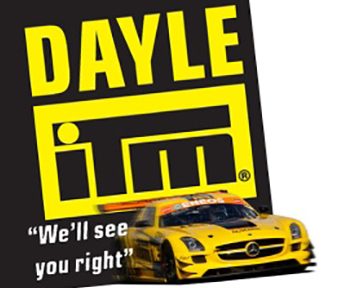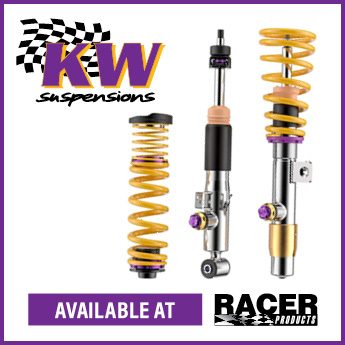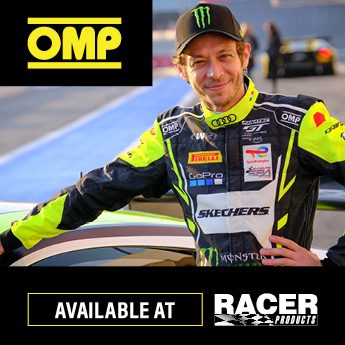After qualifying on the front row for Monday’s 104th running of the Indianapolis 500, Scott Dixon says the key to assuring he can remain up the front by the time the chequered flag comes down to avoiding traffic and running a clean race strategy.
A former winner of the Great Race, Dixon has become something of an IndyCar veteran and this year will make his 17th start at the hallowed Indianapolis venue.
But while several drivers across the week-long practice sessions having been practising running in the wake of another rival’s slipstream, Dixon admits one can all too easy to be victimised in someone’s else’s accident – something that ruled the Kiwi out of a strong finish in 2017.
Having qualified on pole, Dixon was sent careening into the Turn 2 barrier in a horrific acrobatic crashed after Jay Howard had bounced off the outside wall moments earlier.
It is these traffic issues Dixon admits need to be expertly allayed from the onset to set him up for a shot at victory.
“The build-up has been good. The No.9 PNC Bank Honda has been strong and unfortunately we missed pole by something like two-feet over ten miles…so it is definitely very close,” Dixon said on NewsTalk ZB.
“[The race] is basically all about getting out of traffic in the opening lap or even just across the first few stints so you don’t get collected in someone else’s mistake.
“It gets pretty chaotic. The Indianapolis pit lane is long but it’s very narrow, you can barely get two cars side by side. So when you’re in that middle pack, around 18th or 20th, and that’s where your pit box is, it gets very stressful.
“Fortunately, we are in the second position in the pitlane but it is things like that that can keep you out of trouble and up the front and in with a chance to win with a few laps to go.”

One of the more profound surprises in qualifying was the significant lack in speed by all four Penske cars who were unquestionably picked as favourites coming into the race.
Josef Newgarden was the top-placed Penske finisher in a lowly 13th. While stablemates Will Power, Simon Pagenaud and Helio Castroneves also struggled and ended up a frustrating 22nd, 25th and 28th.
Rookie pilot Rinus Veekay was the only Chevrolet-powered entry in the Fast Nine as Honda swept 11 of the first 12 starting positions.
Dixon admits he was puzzled by the manufacturer’s drop in performance considering they were so dominant last season, suggesting the power balance between the two seems to ebb and flow each season.
But the Kiwi also believes Chevrolet will come on song in the race with their 30-lap averages in practice often locking out the top of the timesheets.
“When you like at it the engine formula hasn’t changed very much, I think this is the sixth year so they are very mature engines in terms of where you can develop,” he explained.
“I think the difference this year has been the introduction of the aeroscreen and with the addition of that comes drag so they increased the boost levels.
“There are three kinds of boost levels: a Super Speedway one is 130 (1.3 bar), short track ovals use to be 140 (1.4 bar) and road course boost – which we used in qualifying this year – at 150 (1.5 bar).
“It seemed that Honda had a little bit of an advantage in that area but they worked extremely hard to find some performance over the engine across the last 12 months, and I think that caught [Chevrolet] off guard a bit.
“But they were incredibly quick last year so it seems to flow around and change each year.
“But on the other side of that they all seem to be very fast in race trim so I expect the majority of Chevrolets to be up there in the race.”
Monday will be Dixon’s fifth time starting from the front row but only the second time not on pole.
The 200-lapper will be staged behind closed doors and will kick off from 4 am NZT.

















